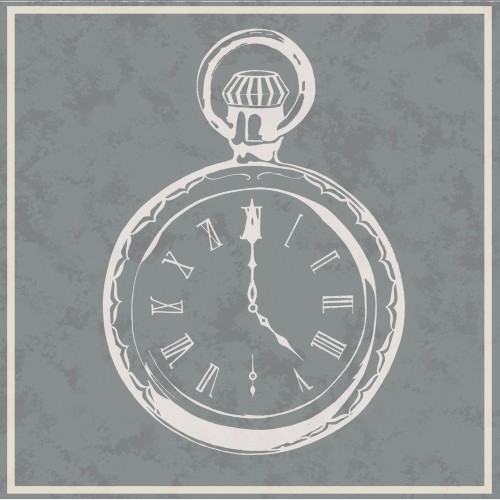 Release Date: September 13, 2011
Release Date: September 13, 2011





Coming off a steam-rolling last couple of years, Denton, Texas, native Alan Palomo, aka Neon Indian, released his second full-length record, Era Extraña on Sept. 13. This latest installment is swimming through the chillwave genre, boasting tons of synthesized beats, fuzzy guitar and a multitude of in-and-out vocals, all of which create a mesmerizing soundscape for the world to enjoy.
Neon Indian’s debut, Psychic Chasms (2009), was hailed by many music fans and critics alike. With all the accolades and an excellent showing on the festival circuit, it was only a matter of time before the band would continue to live up to the hype they’ve produced and make an excellent follow-up album.
The taste and feel of Era Extraña is nothing short of a late 1980s and early 1990s appeal. “Fallout” and “The Blindside Kiss” are two tracks that have an interesting combination of futuristic application and throwback quality that give Era Extraña a fresh, yet retrospective atmosphere. “Fallout” specifically could be played in concert with a good Bret Easton Ellis book and no one would be the wiser to its newer roots.
“Heart: Attack” and “Heart: Decay” and short, tasteful musical interludes on the record giving a brief look into slight intermission between longer hits and dreamy tunes. “Heart: Release” is an outro that collects the entire thought of the album and puts a subtle Pet Shop Boys zing to it as it travels off out into the ozone. The entire record voyages down the same road that Depeche Mode, Erasure and Joy Division traveled in their heyday.
Palomo is Mexican-born, but he set up shop in the States, garnering a substantial following through other exploits in bands such as Ghosthustler and VEGA. Other members of Neon Indian include: Lars Larsen, Jason Faries, and Leanne Macomber, all of whom have contributed greatly to landing round two on Neon Indian’s record list. Palomo took the reins by writing and recording the entire album during the winter season in Finland. Neon Indian then collaborated with Flaming Lips and MGMT producer Dave Fridmann, who did the mixing and post-production.
With Palomo at the wheel, Fridmann mixing, and a solid crew playing back-up, Era Extraña has the makings of an album significant of the time and place for which it is launched.
With the throngs of kids reaching back to the fluorescent-colored tanks, Wayfarer shades and feathered hairdos, it’s only fitting they have a soundtrack to go with the style.
Nothing stops Palomo from dipping his toes into tastier, newer realms as well with tracks “Suns Irrupt” and “Future Sick.” They trade a traditional new-wave sound for the ever-prevalent glo-fi or chillwave music heard these days. The beauty of these two tracks is cognoscente of a sound that even the cats in Daft Punk would be willing to collaborate with. Pulled together, each song on this record complements the next with its changes in vocal delivery and musical roots.
Spanning decades isn’t an unreachable goal for some musicians. Songs that have stood the test of time have gone on to inspire newer generations to create, add to or just outright copy such tunes. What Era Extraña has done for portions of the music world and its captivated listeners is create a time machine for the consumer. Those who weren’t lucky enough to experience this sound at its onset 20-plus years ago can now pop in their ear buds and take a guided listening tour of a practice that combines technology and creativity in the form of glowing, low-range electronic music.
Neon Indian – Era Extraña Tracklist:
- “Heart : Attack”
- “Polish Girl”
- “The Blindside Kiss”
- “Hex Girlfriend”
- “Heart : Decay”
- “Fallout”
- “Era Extraña”
- “Halogen (I Could Be a Shadow)”
- “Future Sick”
- “Suns Irrupt”
- “Heart : Release”


